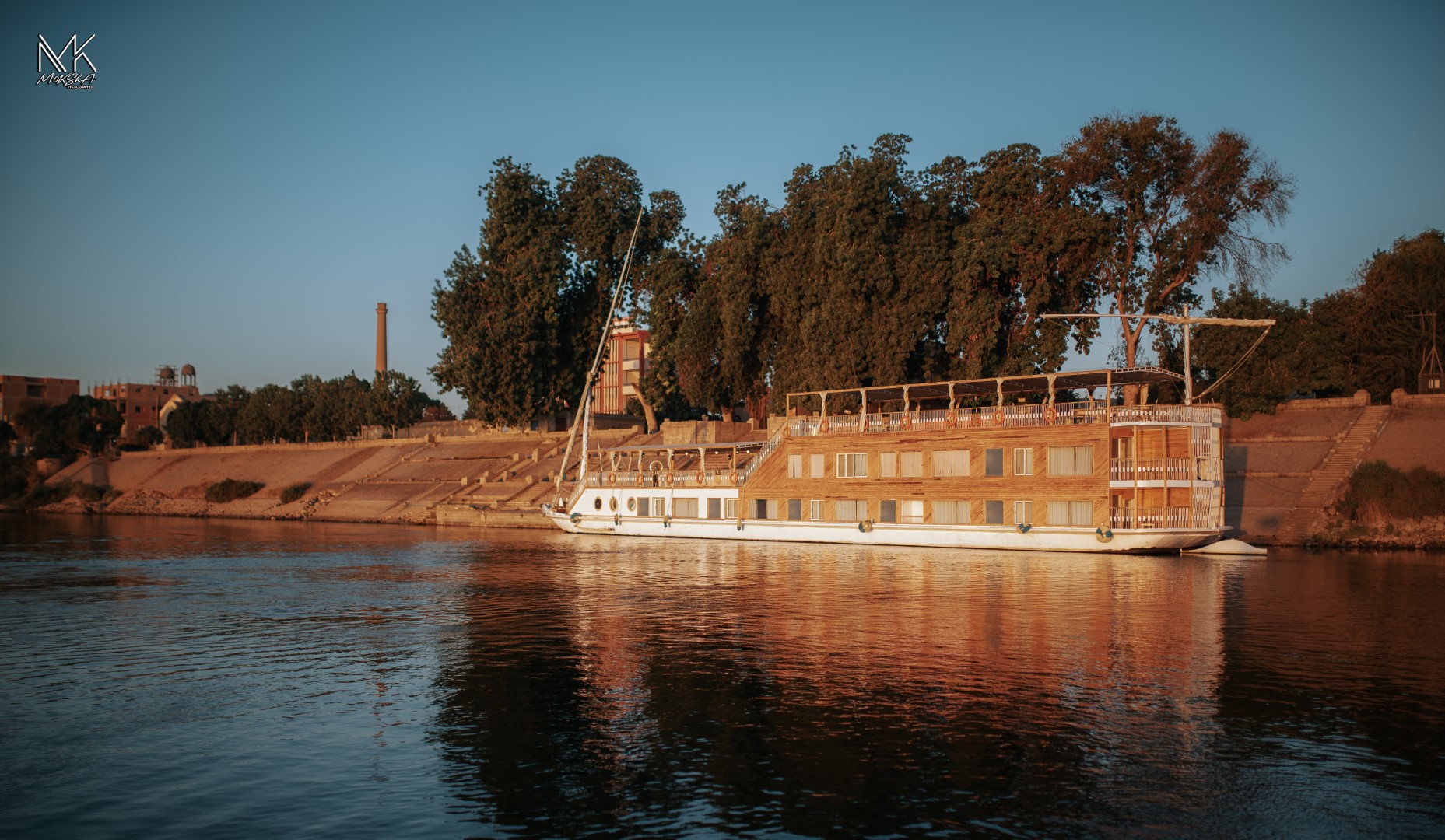Luxor Temple: The Heart of Ancient Thebes
Located on the east bank of the Nile River in the city of Luxor, the Luxor Temple is one of Egypt’s most remarkable and well-preserved ancient monuments. Unlike other temples in the region, Luxor Temple was not dedicated to a single god or pharaoh. Instead, it served as a ceremonial site where kings were crowned and divine kingship was celebrated.
The temple was built primarily during the reign of Pharaoh Amenhotep III in the 14th century BC, and later expanded by Ramses II. The entrance is marked by a grand pylon and was once flanked by two massive obelisks—today, only one remains, while the other stands in Paris at the Place de la Concorde.
Inside, visitors can explore massive statues, majestic columns, and well-preserved hieroglyphs that tell stories of gods, kings, and sacred rituals. One of the most fascinating aspects of Luxor Temple is how it reflects Egypt’s layered history: it includes a Roman-era chapel and even a functioning mosque that was built within its walls centuries ago.
The temple comes alive at night when it is beautifully illuminated, creating an unforgettable atmosphere that blends ancient mystery with modern wonder.
Today, Luxor Temple remains a must-visit attraction for travelers seeking to witness the grandeur of ancient Egypt. It is not only an architectural masterpiece, but also a living monument to Egypt’s enduring cultural legacy


